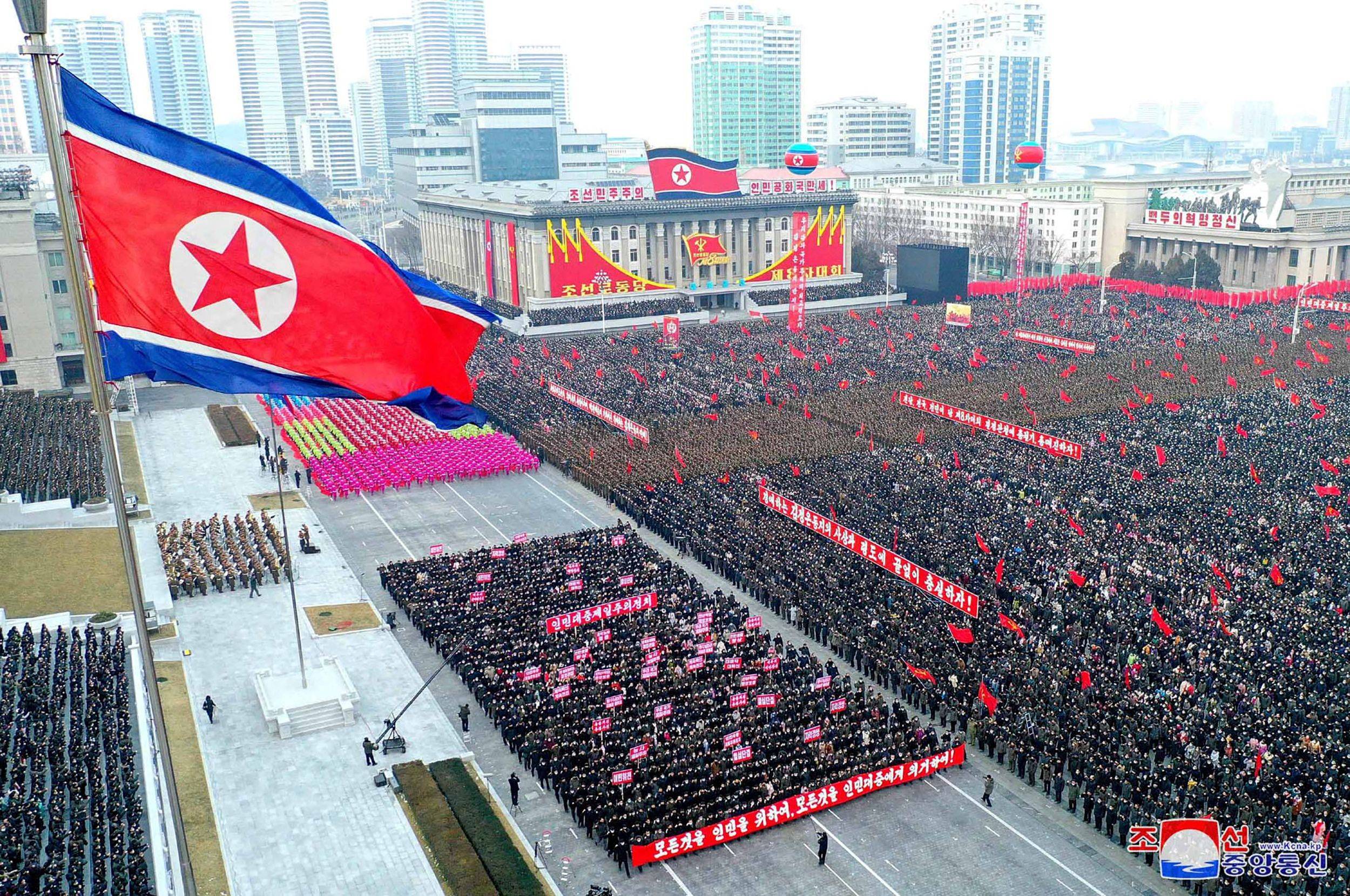As U.S. President Joe Biden begins his administration, North Korea and its leader Kim Jong Un are better placed in world affairs than was the case when Biden became vice president in 2009 or when Donald Trump became president in 2017. Pyongyang’s nuclear and missile programs have made rapid and substantial advances on each of these milestone dates of successive U.S. administrations. Consequently, each new administration has faced an increasingly limited range of options on North Korea.
According to the best-guess estimate by the Federation of American Scientists, North Korea has a stockpile of 20-30 nuclear warheads and sufficient fissile material for up to 60 warheads. It has medium-range ballistic missiles already deployed and intermediate-range and intercontinental missiles in development, having demonstrated ICBM capability already in 2017. In acquiring this nuclear-weapon capability, three generations of Kims have shown extraordinary resilience against international pressure and domestic privations.
Three Kim-Trump summits failed to achieve any concrete progress in reversing North Korea’s nuclear program or dismantling its nuclear infrastructure, although no further nuclear tests have been carried out since 2017. But the summits did confer a measure of legitimacy on North Korea as a nuclear-armed state and on Kim as its leader. The reputational damage to U.S. standing in the world under Trump, the economic damage to North Atlantic countries from coronavirus and lockdowns, the deepening internal divisions and steady erosion of self-confidence in the West and the chaotic transition to the Biden administration have all served to consolidate and strengthen the relative gains in power and influence of China.



